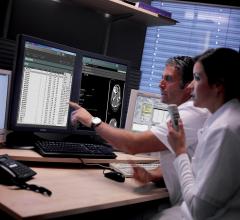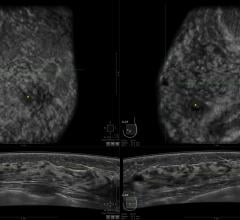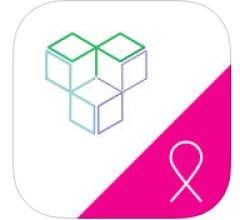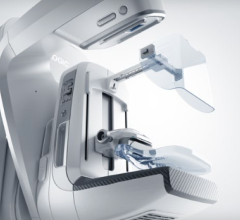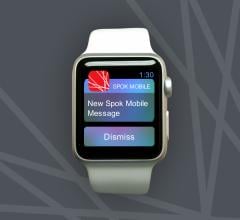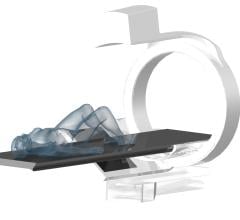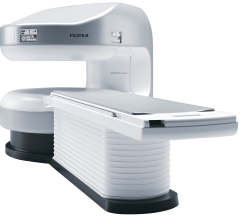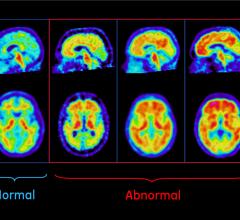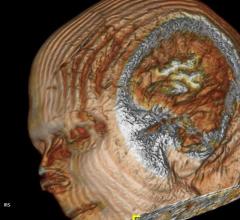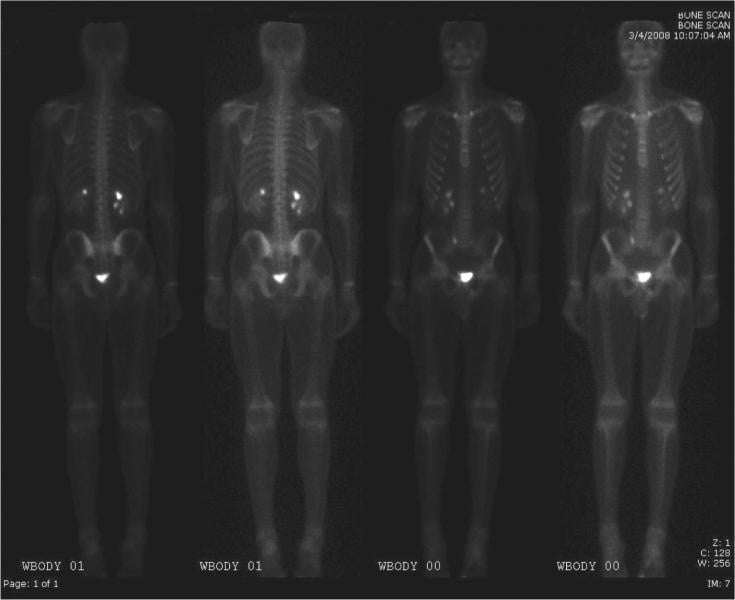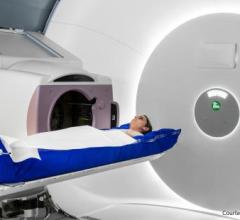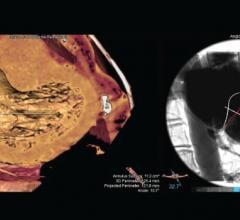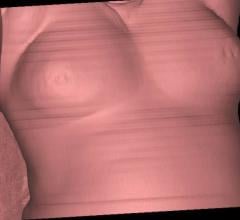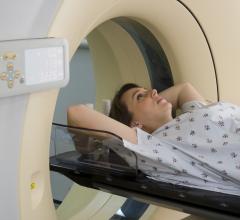Men with naturally high levels of estrogen may have a greater risk of developing breast cancer, according to research by an international collaboration including Cancer Research UK. The study was published in the Journal of Clinical Oncology.
Broward Health became the first hospital system in South Florida to deploy a vendor neutral archive (VNA) solution to manage patient-centric medical images. The integrated delivery network (IDN) selected Mach7 Technologies’ Enterprise Imaging Platform as its VNA partner.
RedRick Technologies has released a new educational infographic that highlights the significant risks to radiologist health and diagnostic accuracy from repetitive stress injuries (RSI). This is part of their ongoing effort to educate radiology and healthcare design leaders about the benefits of applying ergonomic principles to all aspects of reading room design and development.
eHealth Saskatchewan plays a vital role in providing IT services to patients, health care providers, and partners such ...
A new study finds men with prostate cancer that has spread to nearby lymph nodes can benefit from the addition of radiation therapy to treatments that block the effects of testosterone. This combination therapy would be most effective in patients at significant risk of dying from node-positive prostate cancer. The report from investigators at the Massachusetts General Hospital (MGH) Cancer Center and the American Cancer Society has been published online in the Journal of the National Cancer Institute.
Women with luminal A subtype breast cancer, particularly those over 60, may not need radiation treatment if they are already taking hormone therapy, according to a new study from the Princess Margaret Cancer Centre. The research is published in the Journal of Clinical Oncology.
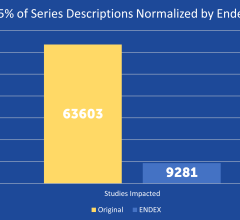
SPONSORED CONTENT — EnsightTM 2.0 is the newest version of Enlitic’s data standardization software framework. Ensight is ...
Sage Bionetworks, together with collaborators in the research community, announced the launch of a patient-centered, iPhone app-based study of the causes of symptom variations in the breast cancer community
While most women understand the importance of health screenings, an estimated 72 million have missed or postponed a ...
Spok Inc. announced the availability of message notifications on the Apple Watch wrist wearable device to enable clinicians to enhance care coordination. The Spok Mobile secure texting app is currently used by numerous hospitals to give users quick access to the organization’s directory, allowing staff to communicate securely through encrypted text, image and video messages. In addition, the app can receive alerts from patient care, nurse call and other monitoring systems to speed response to critical situations.
Provision Healthcare has signed a joint agreement with the Tianjin Taishan Cancer Hospital (International Personalized Cancer Center, “IPCC”) in northern China to build the first and only proton therapy center in the free trade zone. The agreement will also develop a training facility for medical providers as part of Provision’s global expansion strategy.
Austrian ion beam therapy center MedAustron will be the first center globally to employ a new tandem solution from BEC GmbH and medPhoton for accurate patient positioning during ion beam therapy.
Fujifilm’s APERTO Lucent is a 0.4T mid-field, open MRI system addressing today’s capability and image quality needs ...
Technology expertise within the IT department is not a sufficient skillset to ensure successful implementation of an Enterprise Imaging Platform. IT not only needs to understand the underlying technology of the vendor product, but how that technology will integrate with every other technology within the organization. Add to this the need to understand the impact on clinical, operational, and technical workflows, tight timelines, and no tolerance for budget overruns and you have a very complex environment to manage.
As their patient imaging storage requirements grew exponentially larger, Sentara Healthcare’s IT team looked to the future of image management beyond radiology. They are implementing an enterprise imaging strategy underpinned by Mach7 Enterprise Imaging Platform.
The National Institutes of Health (NIH) released recommendations that provide a framework for a bold and transformative Alzheimer’s disease research agenda. Developed at the recent Alzheimer’s Disease Research Summit 2015: Path to Treatment and Prevention, the recommendations provide the wider Alzheimer’s research community with a strategy for speeding the development of effective interventions for Alzheimer’s and related dementias.
SPONSORED CONTENT — Fujifilm’s latest CT technology brings exceptional image quality to a compact and user- and patient ...
Neurosurgeons at the University of California-Los Angeles (UCLA) are using Oculus Rift virtual reality headsets used in gaming to be transported inside their patients’ brains. The UCLA Department of Neurosurgery is collaborating with Surgical Theater LLC to integrate the Oculus Rift with Surgical Theater's 3-D surgery navigation device called SNAP.
A U.K. National Cancer Research Institute trial has suggested that in patients with early stage Hodgkin lymphoma, the late effects of radiotherapy could be reduced by using a scan to determine those who actually need it. The trial was led from The University of Manchester and the Christie NHS Foundation Trust.
IBA (Ion Beam Applications S.A., EURONEXT) announced the first clinical use of its Proteus Plus Universal Beam Triggering Interface (UBTI), a new application in the administration of proton therapy. This interface can connect up to four different patient position monitoring and respiratory management systems to the IBA proton therapy system.
As the use of point-of-care (POC) ultrasound continues to expand throughout hospitals and clinics, the ECRI Institute has released a new guide to the modality for practitioners. The document explains the difference between POC and traditional ultrasound, the different types of POC ultrasound units and the numerous applications for the technology.
Pie Medical Imaging announces its new release of 3mensio Structural Heart, dedicated to planning of structural heart interventions. This new release contains an optimized Mitral workflow and a new Septal Crossing workflow for planning of mitral valve procedures to determine the appropriate access route based on computed tomography (CT) images. These new innovations will be shown at the EuroPCR in Paris, May 19- 22.
Physicians and staff working in cath labs are constantly exposed to direct X-ray beams and scatter radiation. Traditionally cath lab staff wear radiation badges to record exposure, but these only provide historical data, long after the exposures have taken place. To be meaningful and change habits to reduce exposure, some labs have adopted real-time dose recording systems, which all staff to see the doses they are receiving so they can literally take a step back to reduce their dose.
John M. Boone, a University of California-Davis medical physicist and professor of radiology, has been awarded a $2.88 million grant from the National Cancer Institute to further develop and research computed tomography (CT) to detect breast cancer.
New technology developed at the Martinos Center for Biomedical Imaging at Massachusetts General Hospital (MGH) may extend the benefits of magnetic resonance imaging (MRI) to many patients whose access to MRI is currently limited. A redesign of the wire at the core of the leads carrying signals between implanted medical devices and their target structures significantly reduces the generation of heat that occurs when standard wires are exposed to the radiofrequency (RF) energy used in MRI. The novel system is described in a paper published in the online Nature journal Scientific Reports.


 May 12, 2015
May 12, 2015 
